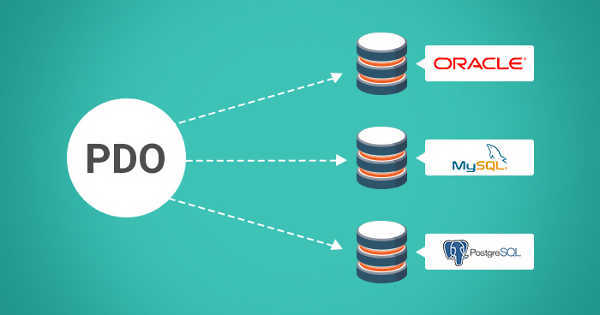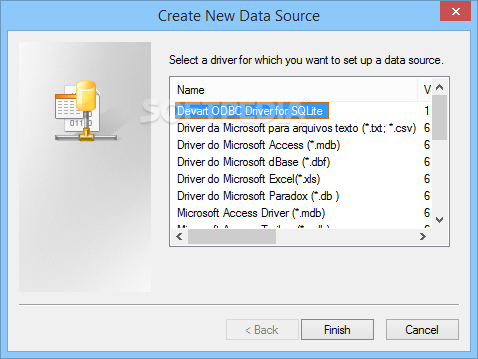

I removed the DATETIME field and I was able to update record values in MS-Access datasheet view. After lots of testing I found the issue was with a DATETIME field I had in the table. I have a table with a primary key on a VARCHAR(30) (TEXT) field.Īdding an INTEGER PRIMARY KEY column didn't help at all. You can create a unique index on (what are currently) the first four columns to ensure that they remain unique, but the new new "identity" (ROWID) column is what Access would use to identify rows for CRUD operations.

One possible workaround would be to create a new SQLite table with all the same columns plus a new INTEGER PRIMARY KEY column which Access will "see" as AutoNumber. The solution in this case was the following: Try setting your Sync.Mode to NORMAL and see if that makes a difference. The only difference I can see between my setup and yours (apart from the fact that I am on 32-bit and you are on 64-bit) is that in the ODBC DSN settings I left the Sync.Mode setting at its default value of NORMAL, whereas yours appears to be set to OFF. When I opened the linked table in Datasheet View I was able to add, edit, and delete records without incident.

I created an Access linked table and when prompted I chose both columns ( and ) as the Primary Key. I created and populated the test table as documented here. I used the following on my 32-bit test VM: My initial attempt to recreate your issue was unsuccessful.


 0 kommentar(er)
0 kommentar(er)
